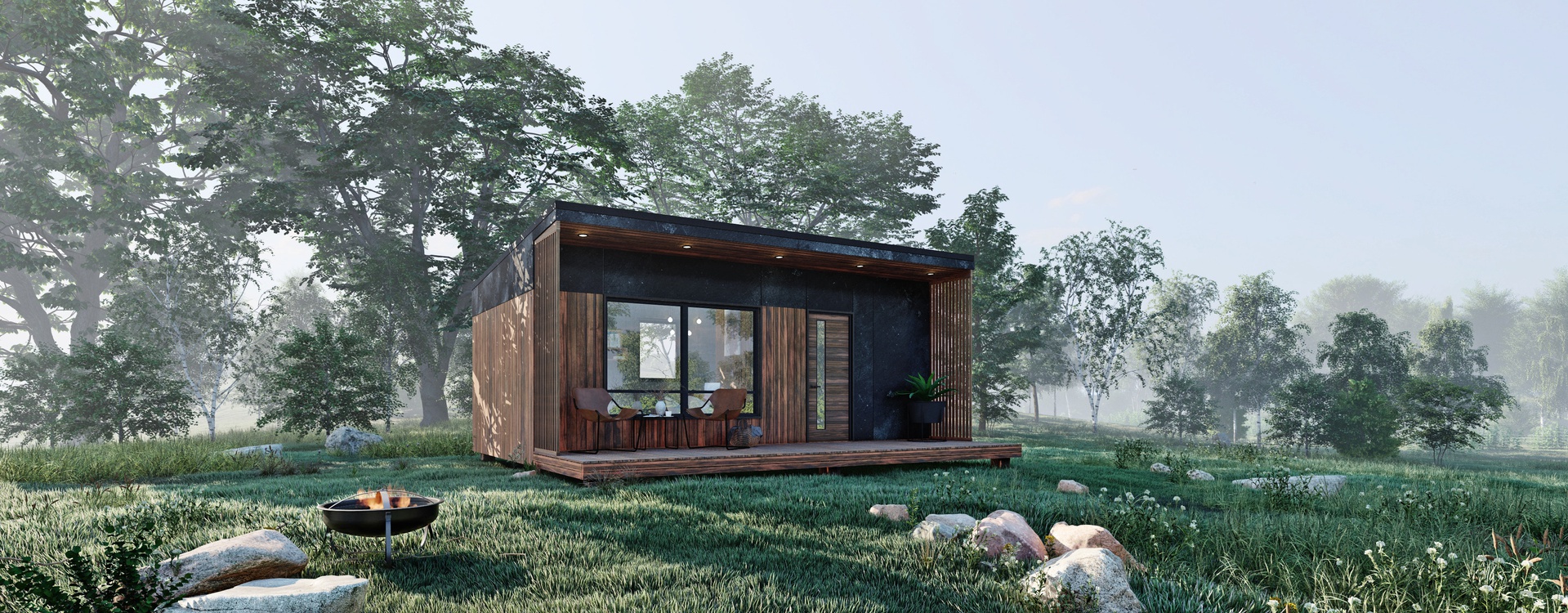The main advantages of a modular house:
- Lower price compared to on-site construction;
- You can do without a foundation. It can be replaced with a reinforced concrete slab. If the soil on the site is poor, watery, then piles are used. This makes it possible to build a house almost anywhere, including where it was previously impossible to build capital buildings;
- Mobility. It can be easily disassembled, transported and assembled elsewhere;
- Quick assembly: in just 2-7 days;
- Easy to build, no high builder costs;
- Resistant to any weather conditions and climate features. Suitable for permanent residence, including in areas with high seismic activity;
- Solid and durable. Thanks to the fact that the modules are made using modern technologies and materials;
- Good heat retention. You can save a lot on electricity and heating costs;
- Low section weight, which makes assembly and installation simpler and cheaper. For assembly, only a road crane is needed, no other heavy equipment is required.
Construction process. The construction of a modular house is divided into several stages:

At this stage, all documents and permits requires for the construction and installation of communications on the site are collected.
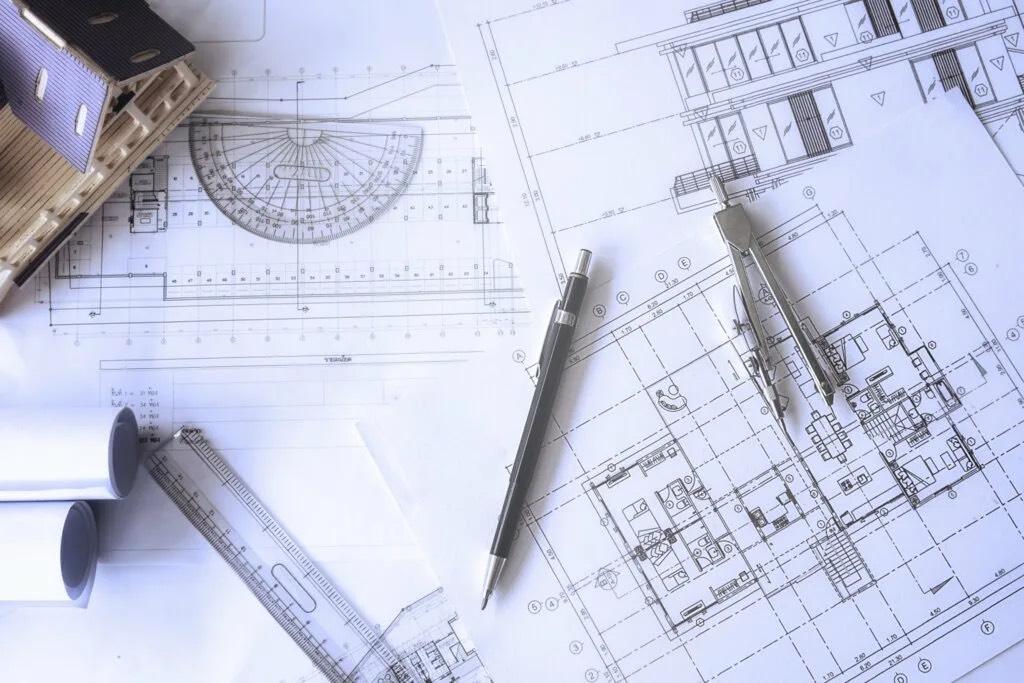
At this stage, the size and design of the house is determined. Sewerage and heating are designed, the location of windows and doors is selected. Design documentation is prepared and a preliminary layout of the future building is created. At this stage, manufacturing, delivery and installation costs also calculated.

All clauses of the contract should be carefully studied, pay attention to the responsibility of the contractor in case of poor-quality production and assembly, the procedure for making calculations and the construction time.
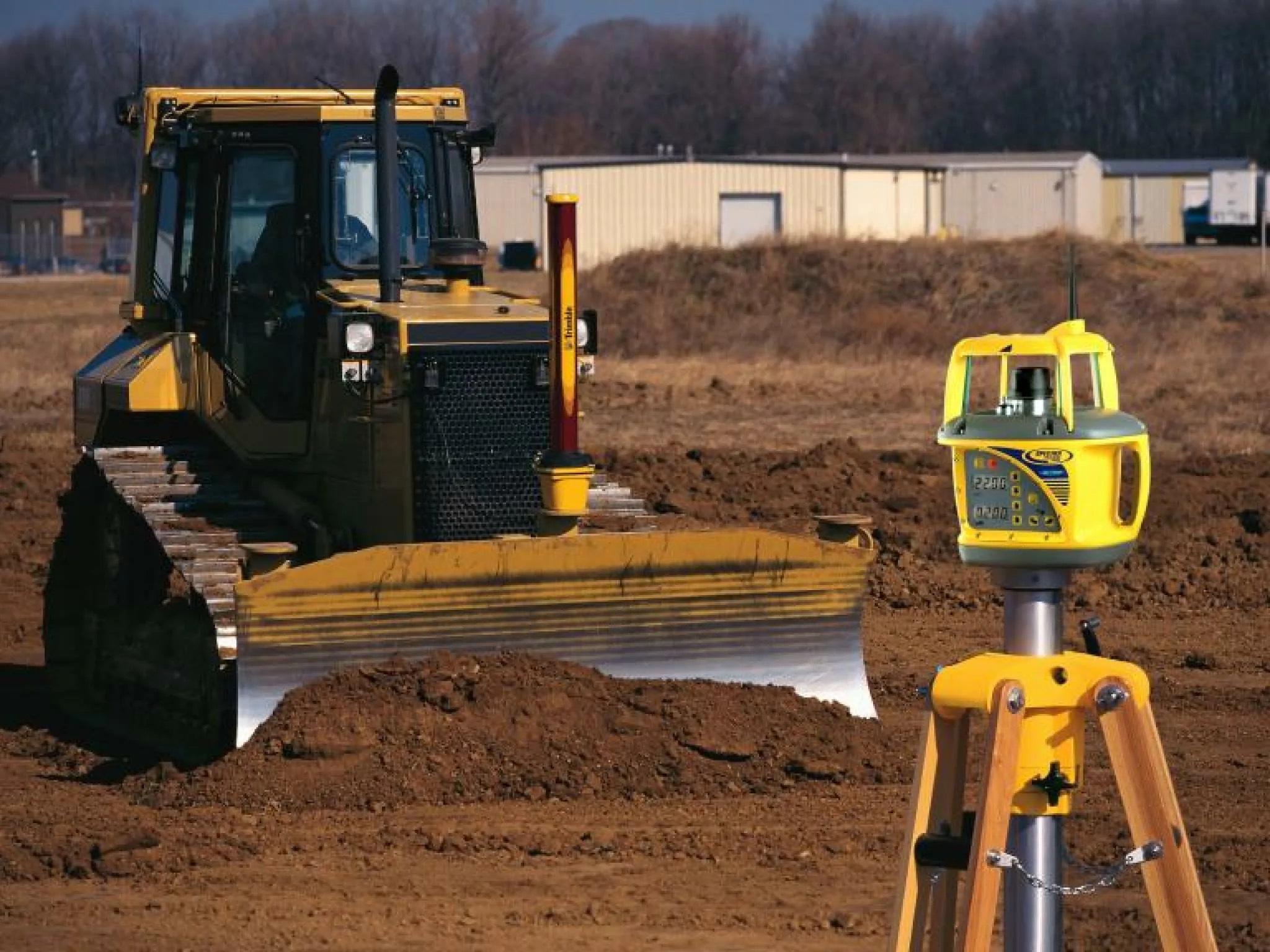
Depending on the soil and topography of the site, a foundation or concrete slabs with an airbag are installed.
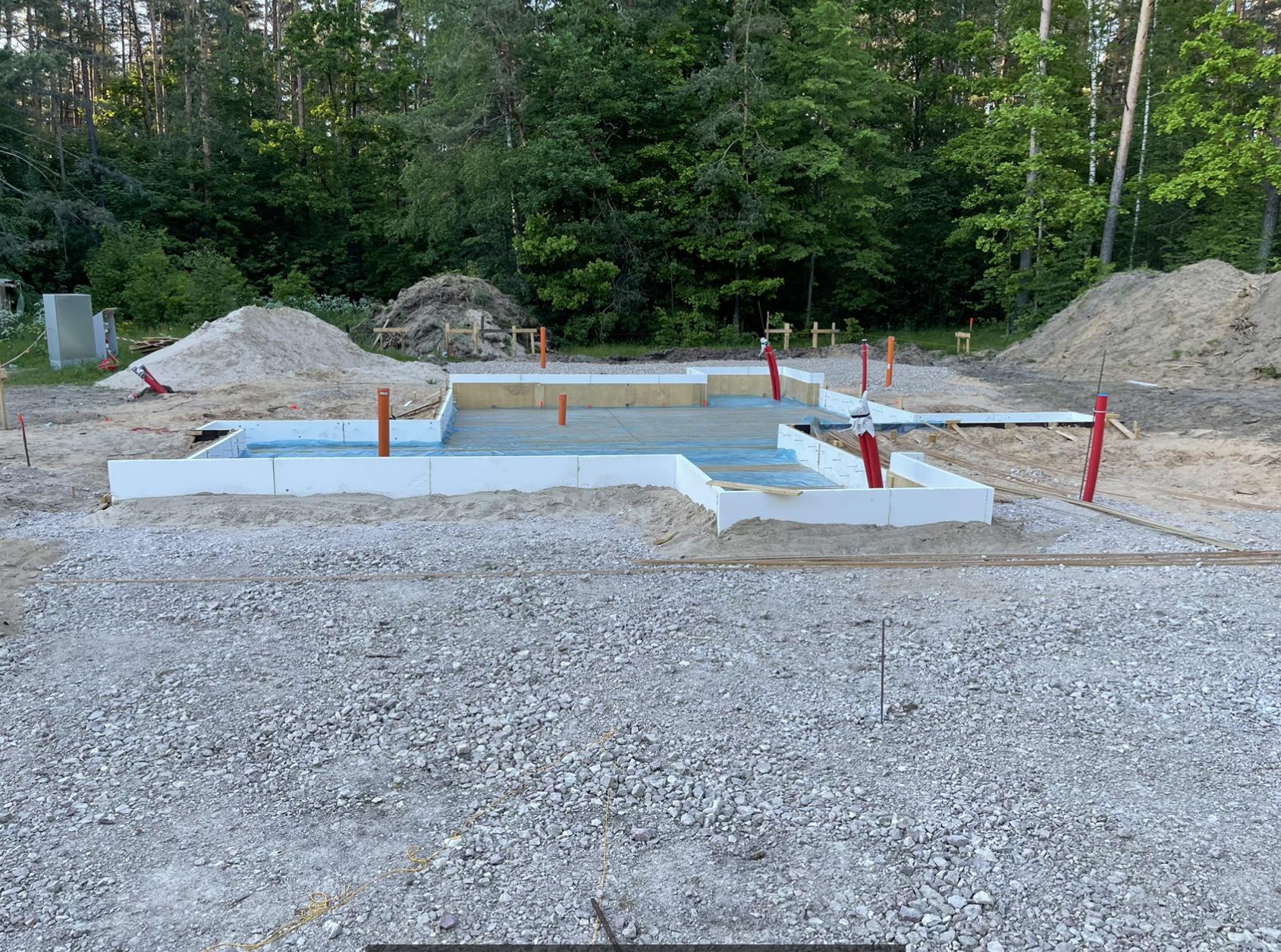
In modular structures, a special sanitary unit is already provided. External communications (pipes) are connected to it and distribution is performed in all rooms. In order for the system not to break and be durable, it is best to use the services provided by professionals.
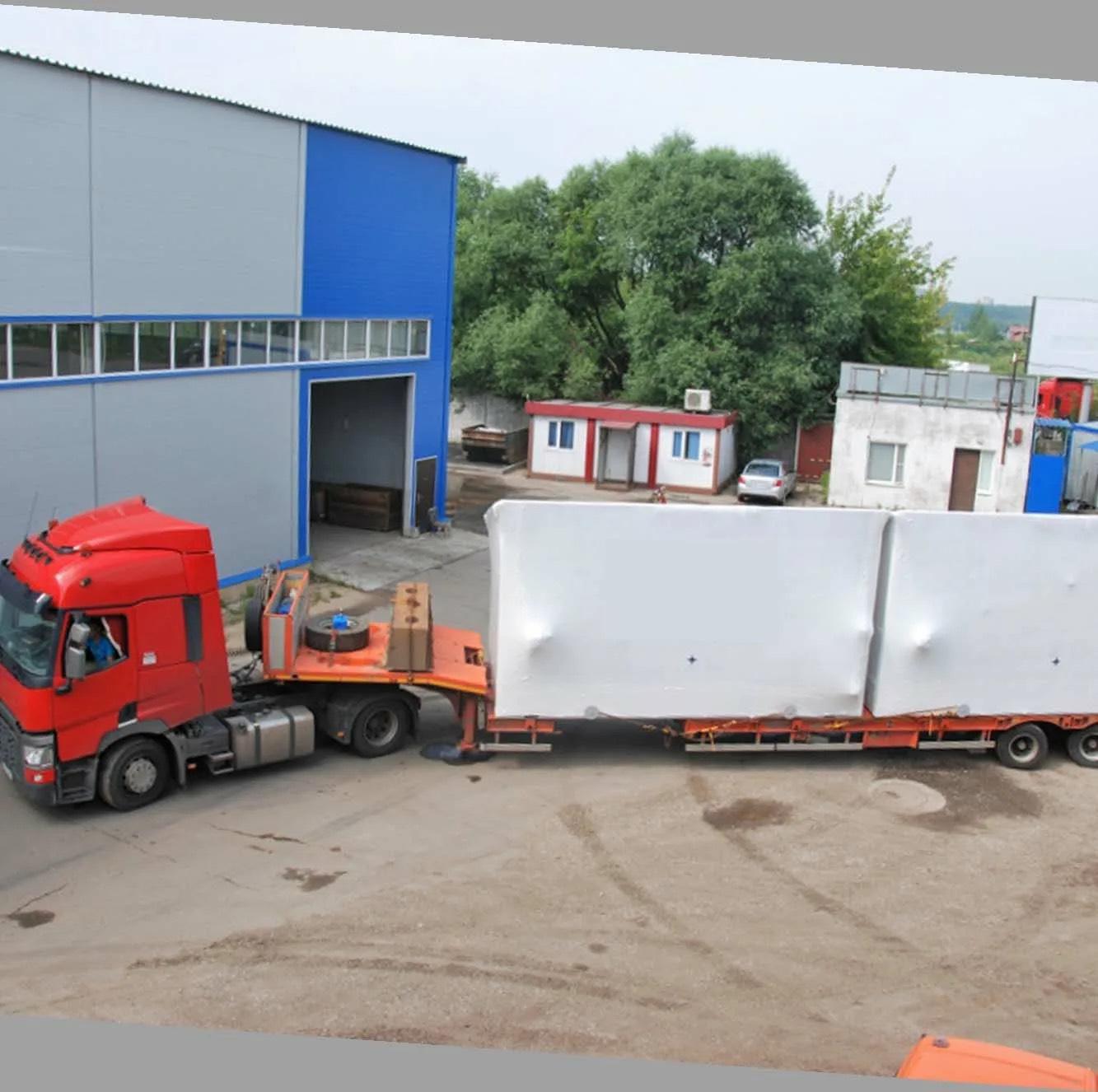
For this purpose, a special transport is used. Sections are brought to the construction site and, with the help of a road crane, they are unloaded in the order in which they will be assembled.
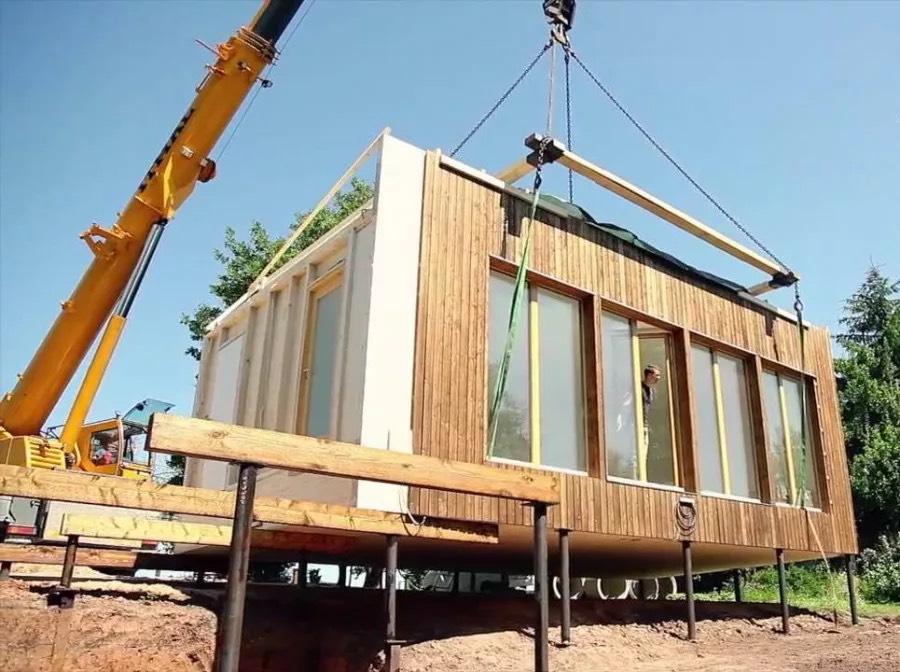
Modules are attached to each other using special fasteners. If you use wood construction materials, you should remember that their contact with metal fasteners should be avoided, in order to prevent rotting of the wood as a result.
FINISH FEATURES
The facade design and exterior decoration of the house can be any. It all depends on your imagination and a budget intended for construction.
If you want to build a house at a low cost, you can use standard materials such as panel elements or materials offered by the manufacturer. And if you want to make a unique house, then you should use the services of a designer and order an individual finish.
When carrying out internal finishing work, thermal insulation is additionally laid - it consists of a special material that is impregnated with a fire-retardant composition. Next, the wiring is installed, covered with a special corrugated tube, in order to avoid fires. After that, sockets, switches and lamps are installed.
The next step is the connection of sewerage, heating and plumbing, installation of ventilation ducts. Next, it is covered with plates, a special compound based on wood chips and cement, or any other material suitable for this purpose. After all the stages, the decorative finishing of the house is performed.
Regarding the decorative finish, there are no special features; here, manufacturers do not impose any requirements or restrictions. So, the design of premises, materials for decoration and interior elements can be selected to your taste and colour.
